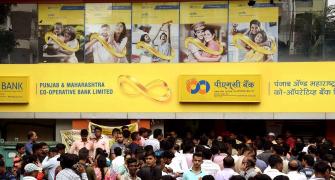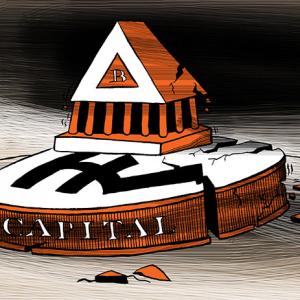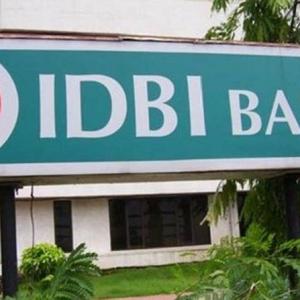The operating environment is unpredictable, but if the bank can’t give a clear picture of what’s in store, calling the bottoming out of its asset quality stress is nearly impossible.

The problem with YES Bank, analysts say, is that it hasn’t met its asset quality forecasts (‘guidance’) even once in the past three quarters.
“Of course, the operating environment is unpredictable, but if the bank can’t give us a clear picture of what’s in store, calling the bottoming out of its asset quality stress is nearly impossible,” says one with a foreign brokerage.
Operationally, the September quarter (Q2) was far from comfortable, with net interest income falling 9.6 per cent year-on-year (yoy) and profit before tax more than halving to Rs 122 crore, thanks to a 42 per cent yoy increase in provisioning cost to Rs 1,336 crore.
Tougher to digest was movement of asset quality and the guidance in this regard.
For instance, despite having done a fair estimation of stress, 40 per cent of slippage, meaning, loans which turned bad during the quarter, came from poorly-rated ('BB' and below) accounts.
YES Bank made additions to these weak-rated accounts, taking their share to 14 per cent of the total loan book in Q2, a sequential increase of 150 basis points (bps).
It has also turned watchful on real estate loans, seven per cent of its loan book.
About 33 per cent of its commercial real estate loans are already classified as non-performing or those with weak credit profile.
Less than a third of its realty loans enjoy a rating of ‘A’ or above, and 45-50 per cent of the exposure is ‘BBB’ rated, a notch better than those with weak rating.
Given the environment for real estate, there is a risk of credit profile deterioration for these accounts as well.
The worst blow, though, came in the form of credit cost guidance or the anticipated loss due to credit risk.
This doubled from 125 bps to 250 bps in Q2, essentially indicating that the asset quality pain might not ease in one or two quarters as envisaged earlier but could go deeper.
Analysts at PhillipCapital assume slippages to peak at Rs 21,700 crore and gross non-performing assets to swell to 9.3 per cent of advances for FY20, which is another 200 bps increase from Q2’s 7.3 per cent.
In this context, it is possible that a big chunk of the mega fund raise currently underway is utilised to further cleanse the loan book/balance sheet, rather than being deployed for growth.
Q2 did see marginal bettering in common equity tier-1 (CET-1) capital sequentially, increasing to 8.7 per cent from eight per cent in the previous quarter, thanks to the first round of equity raising and pruning of the loan book.
The bank has got a $1.2 billion binding offer from a US-based investor and also got offers worth $1.85 billion from private equity and domestic investors, including mutual funds.
However, if the fresh capital, at least the binding offer, doesn’t flow into the bank in the ongoing quarter, the December quarter results could be messier than Q2.
“We believe that heavy capital injection may ease the current pressure on the capital but unabated stress flow will keep the financials bleeding and call for prolonged (equity) dilution risk for investors,” warn analysts at Emkay Global Financial Services.
Details on the pricing of the offers and, consequently, the amount of equity dilution are not available.
Photograph: Cathal McNaughton/Reuters










